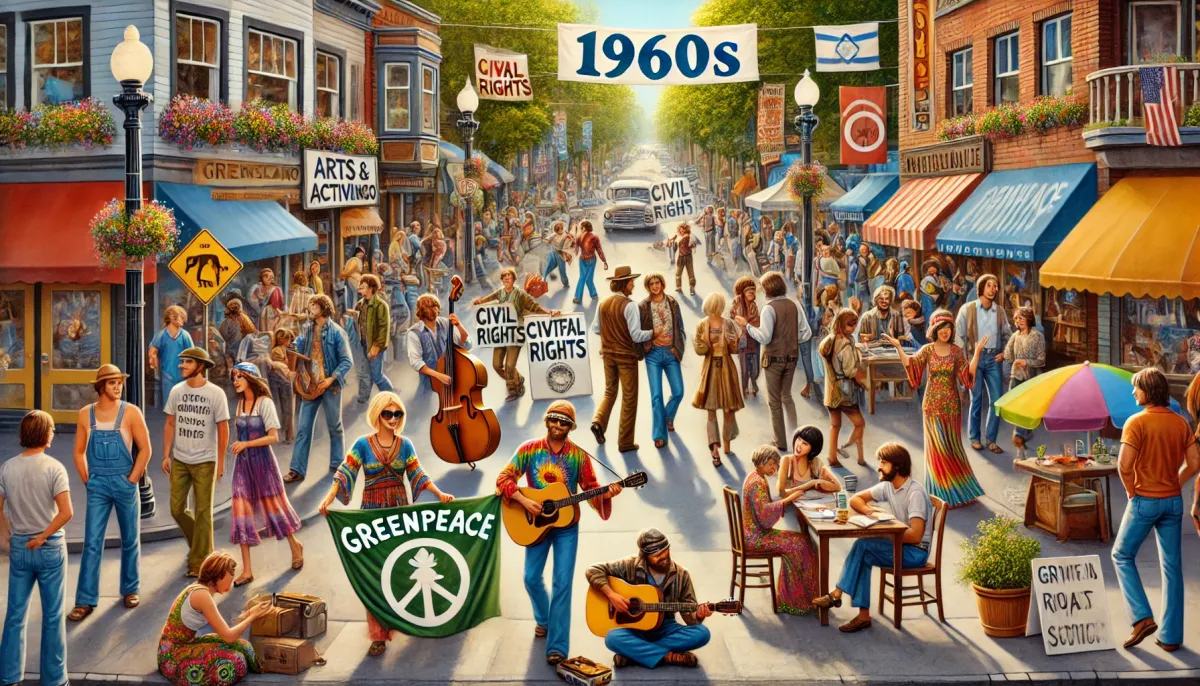
Part 4 of 5
In the 1960s, Kitsilano emerged as a hub for the counterculture movement, transforming the neighborhood into a vibrant epicenter of activism, creativity, and alternative lifestyles. Often referred to as the "Haight-Ashbury of Vancouver," Kitsilano attracted a wave of hippies, artists, musicians, and activists seeking to challenge mainstream societal norms and embrace a more liberated way of life.
The movement in Kitsilano was fueled by its proximity to downtown Vancouver and its relatively affordable housing at the time. Communal living spaces, vegetarian cafes, and independent bookstores flourished, reflecting the community's values of sustainability, free expression, and nonconformity. Kitsilano’s beaches and parks became gathering spots for protests, music festivals, and spiritual exploration, encapsulating the spirit of the era.
A thriving arts scene took root, with grassroots theaters, galleries, and coffeehouses showcasing the work of local creatives. Kitsilano also became known for its live music venues, hosting performances by budding Canadian and international artists who would go on to define the counterculture sound.
Activism was a cornerstone of the neighborhood’s identity during this time. Residents organized protests against the Vietnam War, nuclear proliferation, and environmental degradation, aligning Kitsilano with global movements for peace and justice.
While the counterculture movement began to wane in the 1970s, its influence left an indelible mark on Kitsilano, fostering a lasting appreciation for creativity, inclusivity, and activism. Today, echoes of the 1960s can still be felt in the neighborhood’s bohemian character and progressive values.
Tags: #WBN News - Kitsilano Edition #Karalee Greer #Kitsilano History #Vancouver Growth #Urban Expansion #Kits #Kitsilano

